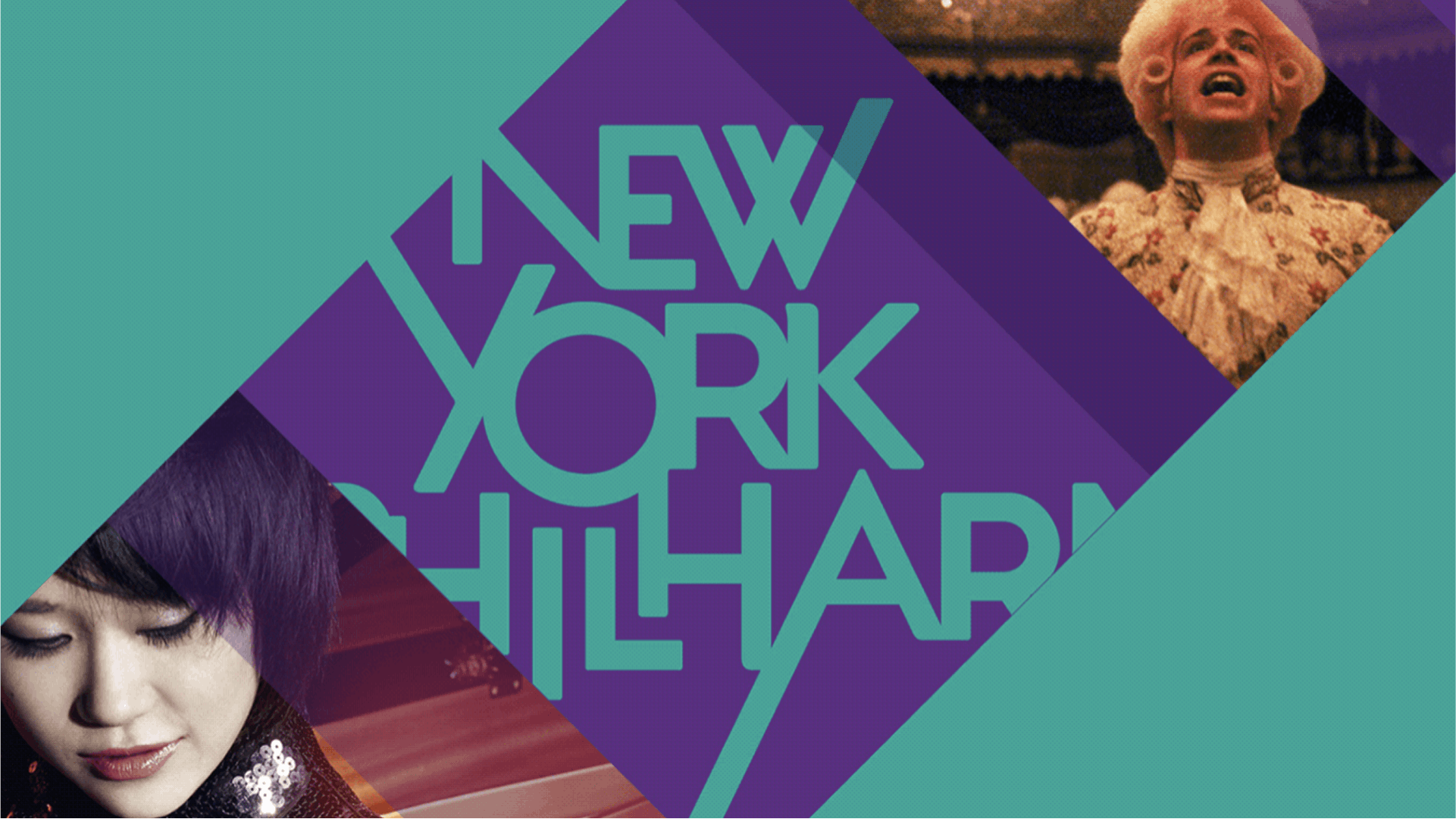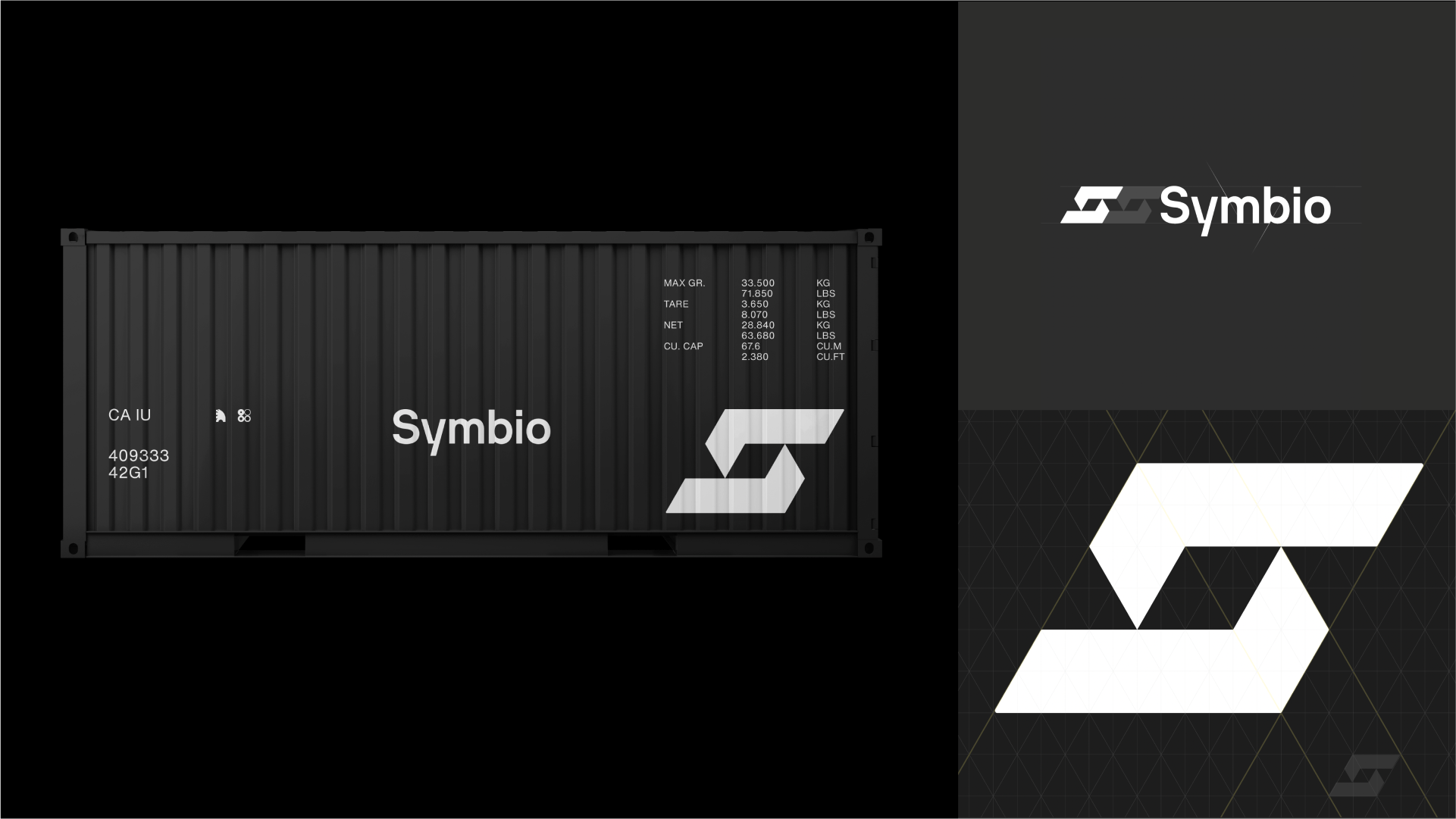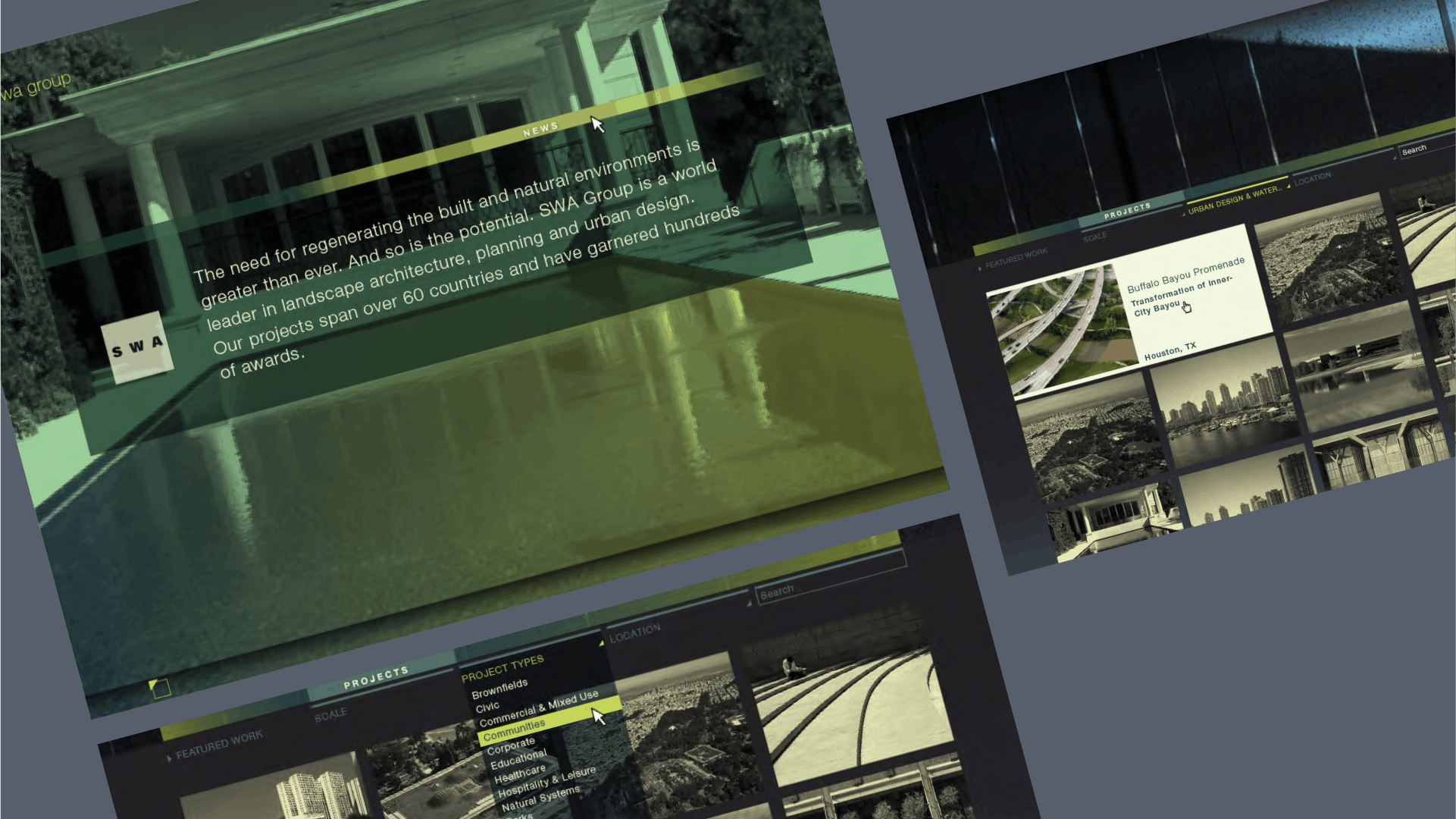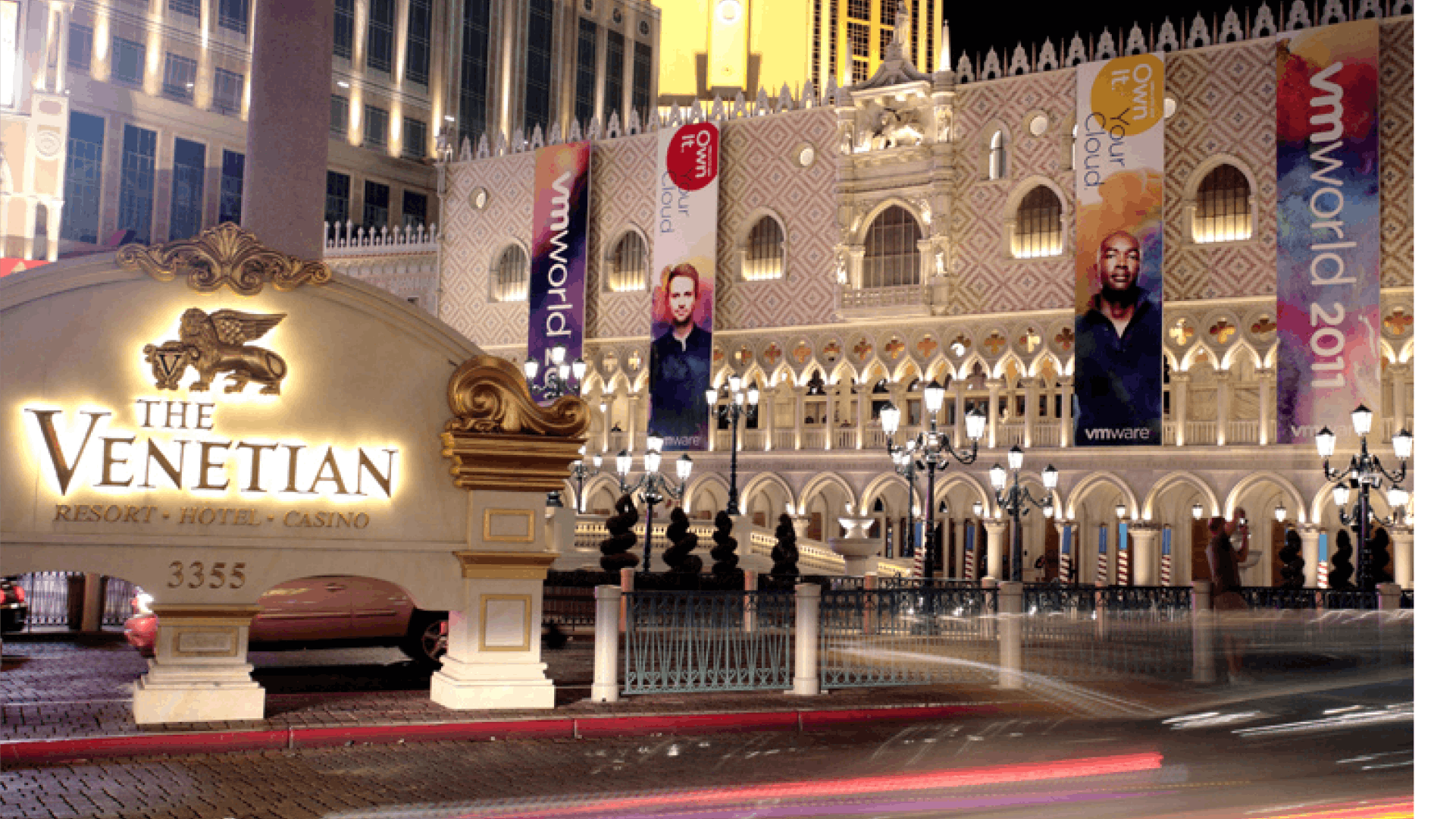Stina W
Animator

Design Leadership and the Evolving Nature of Branding
Wow, let's see. I guess the first transition would have been from a student to a professional designer. The real-world impacts of clients, constraints, and expectations are altogether a different game than working in theoretical conditions. Don't get me wrong, both are fun—just different.
Second, down the line, would be transitioning into an independent practice. I had worked on both client-side endeavors as well as in Creative Agencies. My experiences from both were overwhelmingly positive, but on a freelance status, I'm able to balance my life more effectively.
As for the third transition, I would say that there's a deeper level of confidence in my work that has emerged in the last few years. I don't get hung up on creative decisions as much as before. I know when to push harder for something and when to support the consensus. It's made the creative process much more fun. It's also created a lot of trust with my clients.

I was attracted to design fairly early, but it was many years before I knew design as a genre was a thing. As a kid, I was fairly obsessive about calligraphy and hand lettering skills—stuff like album covers, the NASA logo and identity system, or ephemera like old store signs and drafting tools. Honestly, the design was a good fit, very early on.

Initially when I started working, branding was a design and corporate term. Branding has since grown into a much more public value set. It has expanded to become a component of how our culture identifies qualifications in almost every aspect of daily life. Personal, professional, corporate, and cultural—it touches all aspects of our lives and is valued more deeply by brands and individuals alike. I was just listening to a soon-to-be high school grad discussing the development of her brand to attract prospective Universities she'd applied to.

As a rule, the first phase of every new project is spent learning about the challenge. Starting with the basics, I'll research the market my client exists in and all the factors at play; competition, target audiences, etc. I also work with the client to better understand their motives and goals.
I start building visual maps pretty quickly, as their function is to document and audit what I'm learning. I'll often sort what images and content I've got into themes—photography, a specific color, typefaces, copy, or messaging that resonates, whatever comes up, gets mapped. It's generally pretty messy and there's almost always a bunch of reference material that I never look at again, but the process of building the walls is essential in immersion into a project. I can also share those artifacts with the client at key moments to validate and consider where we are landing and if it feels right.

I find that switching gears is a good thing. It helps me to be more decisive about what I need to be doing and how long I've got to get it done.

Sometimes, but often I find that switching gears is a good thing. It helps me to be more decisive about what I need to be doing and how long I've got to get it done. It's not unusual that the best decisions I make follow shortly after I've taken a break from working on a project.

Ooooof... how much time do we have? For the sake of our audience, I'll be as concise as I can: Connection. Honesty. Clarity.
If you can get the elements of your band to connect with their audience—reduce the noise and support a clear mission, you'll do great.
Also, choose your design team wisely!

Symbio stands out because I built that brand from the ground up. It was wonderful to be able to create a system, implement it and evolve it as the company and its goals grew. Often projects are a one-off as an event or website, but in this case, I touched every single brand asset that was them. It was pretty great.

The Co-operative cookbook was made as a passion project for my kid's preschool. The title, 'Co-Operative Cooking' comes from the parent-run structure of the school and the tiny people who run the place. Any parent out there who's tried to make a meal for a toddler knows that the stakes are high. One way of thinking about it is—Cooking under the influence of parenting. Things get real.
The idea for recipes came up one day with a group of parents sharing tips on how to get their kids to eat, but most of us found that it wasn't the recipe we were looking for, it was permission to be casual and playful—to take the pressure off of being the ultra-parent with the star wars themed bento boxes.
The illustrations were created by Tucker Nichols (http://www.tuckernichols.com), who was so fun to work with. I'd tell him my ideas on what kind of visuals we could develop that built off the concept of fun, messy, easy cooking—and he'd send me back scans with doodles and drawings that he'd make. It was wonderful, each illustration and little quirky tidbit he'd send over was like opening a present.
From there, the book sort of wrote itself!
Keep in mind, popcorn may not be a 'recipe' but it can be a meal!

Each type of engagement offers its own set of opportunities and challenges—typically creative expression is stronger in an agency setting because the clients turn over quickly and each new project needs to stand on its own. The time constraints and budgets can be tougher to navigate when compared to bigger organs, which have longer project cycles because there are so many stakeholders involved and fairly decent budgets to work with.

The best part about becoming a freelancer is getting to do the work you set out to do. Regardless of client type (as mentioned above)—getting to draw and write all day is great.
It can be a bit lonely if you're an extrovert. Luckily that's not something I struggle with and am happy to make stuff all day long, tucked in my studio, on my own. This brings up another perk that everyone on the planet knows more intimately than they did 3 years ago—you can work anywhere. If you're fortunate enough to have a good place to focus and get your work done, it can be pretty wonderful.

Oh wow. Pretty heavy lift on these questions! Deep inhale—
The state of design in 2030 will probably have a lot more automation to it. No surprise there. The design will continue to be more immersive and individualized. Data will continue to be a major player in what we see, choose, and curate in our lives.
2030, that's just a heartbeat away.
I think the visual fields will always play with the edges of what technology is capable of and there will be a lot of highly polished, beautiful visual work to come from it. There will be a lot of crap out there too, and hopefully, we will be able to retain both as examples of expression and iteration.













































